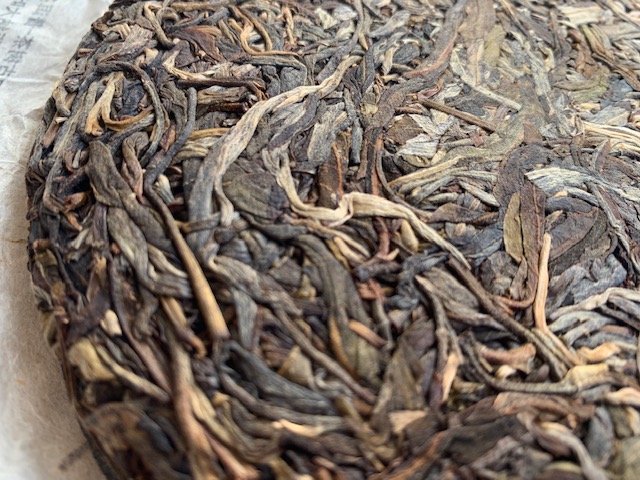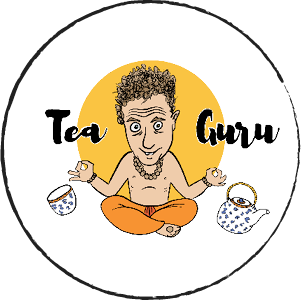
The older the roots, the more fun in the cup!
i’m due to make a video on this topic but as I don’t see it happening in the immediate future I thought it would be a lot easier to write a blog on it first. Enjoy!
When starting out exploring this intriguing and wonderful genre of tea it’s super tempting to buy the cheapest tea you could possibly find when making your start into this journey. This is absolutely fine, in fact this is how I started my journey. I think its the best approach to start low end, increasing onwards and upwards so you can study the difference between Plantation, old tree, Gushu and ancient arbor. Although There fluctuations in experience with regional differences and age between teas but you can get a general idea of the changes of taste, texture, feeling between the levels.
Lower end:
We can regard most of the big name brands in this category. Maybe for example the little Menghai Jia Ji Tuo, 8592 Ripe or perhaps A lesser known independent. We are generally talking Plantation, Young Bush up to 40 years old. Depending on the area, the tea could be excessively astringent in young age, not particularly flavourful maybe and It probably won’t be particularly infusible 5-8 infusions. The texture also is likely to be quite thin but that’s not always true. Not to say that these teas are bad in any way in fact some of them can actually be quite tasty, in age some of these teas can grow to be widely appreciated, sought-after and expensive! especially the big name brands. You may however notice that teas of this ilk may be lacking in one or many favourable attributes that we look for in a Pu erh tea so a well rounded Pu Erh can be quite hard to come by at this level.
Da Shu / Old Bush
This is where things are more interesting and expensive. Old bush / young tree teas will be better than its plantation counterparts. You will most likely notice a smoother texture, more fruity flavours, maybe some minerality, it will be much more infusible and generally have more complexity. The older the trees the deeper the roots, the more fun in the cup! The big brands will make special recipes leaning into this genre but on the whole they will be quite expensive for what they are and not so much bang per buck. These are good to try but to explore this area fully you would really need to be searching more into the smaller brands / independents, They have more flexibility to be able to produce some of the more special Da Shu cakes on offer.
Gushu / ancient
These are trees of at least 100 years of age but can be as old as 450 years of age. The longer a tree has been in existence the deeper the roots, more expansive all the profiles of the tea will be which will make, you guessed it, more fun in the cup! Gushu is something that the bigger brands just can’t do. There simply just isn’t enough material for them to work with. This means that smaller trusted and proved brands are the place to go for this category. They don’t have to be super expensive either, when testing out this category you can start off with maybe autumn productions and or areas of lesser interest, of which there are a few and they taste great! Please watch out, Gushu is a stamp that many unscrupulous brands are more than willing to adorn on their wrappers. It’s well known that for every kilo of gushu produced there may well be another kilo or two of Gushu in the market.
Exclusive regions:
Okay so now we are going into the most exclusive levels available on the market and sometimes not so widely available in the market. These are the famous areas of the production. Famous for one reason or another. One thing is always true the flavour and experience of the team will be unique to this region. We can include specific regions that are extremely hard to come by, the places where the tea can be bought up before it has even grown on the tree. Being whisked away to rich buyers and collectors where it will be hoarded and shared amongst close friends. Think areas such as Bing Dao, Lao Ban Zhang. These are notoriously difficult areas to acquire successfully with all the fakes and cheeky blends. I guess we could also shoehorn Singletree into this category, an area that is seeing real growth in the market and one that I don’t particularly like! A whole topic here! Away from single tree not all tea that fits this category will be hard to find, they will just be expensive. Expect prices for Da Shu / gu Shu material of at least £150 for 200g cake going up to….£850 per 200g cake or more!
